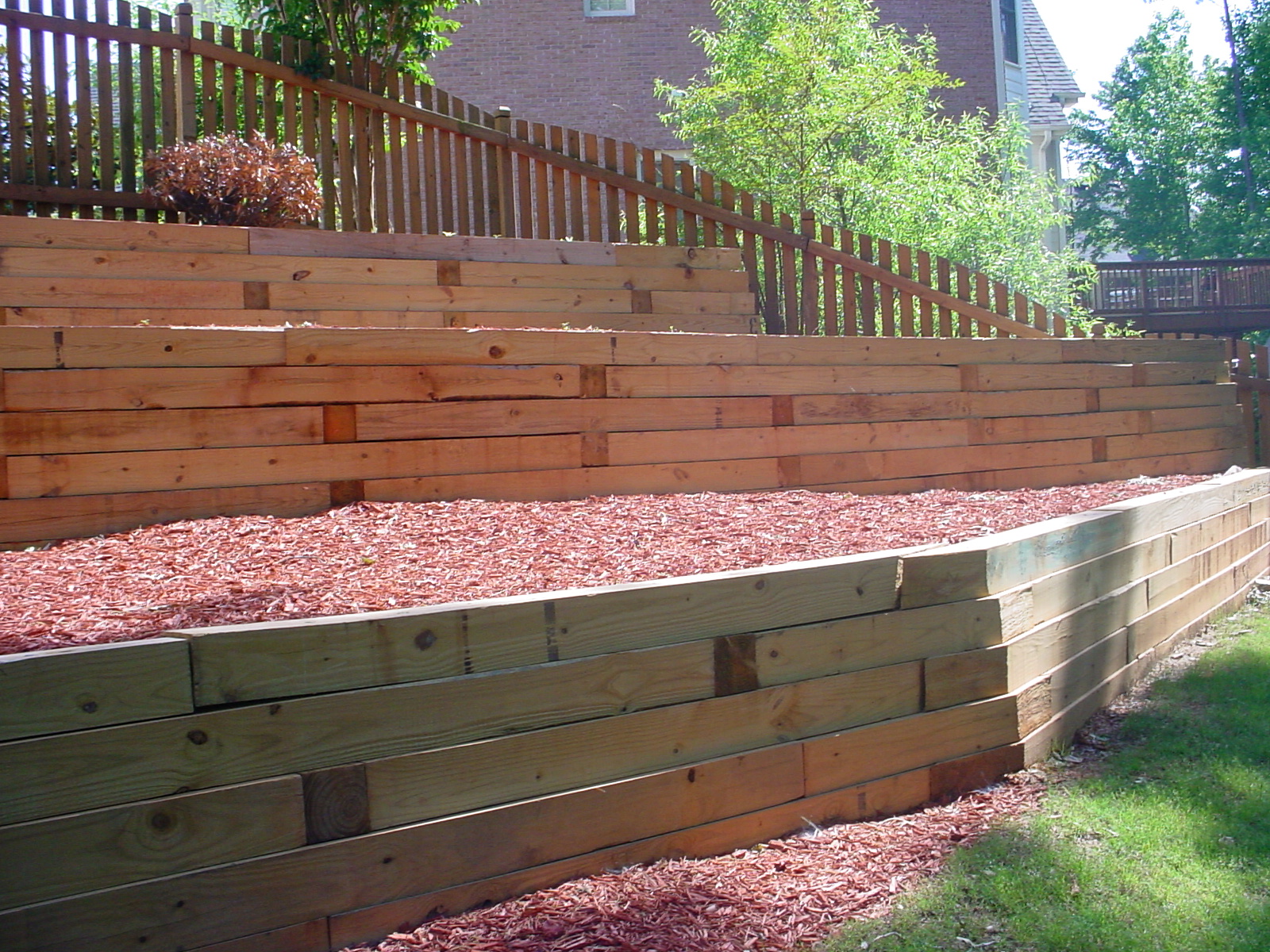
August 20, 2024
What Kinds Of Wet Affect Your Wall Surfaces?
The Sources Of Wetness In Structure And Preventive Measures Without large-scale surveillance of environmental conditions inside buildings, it is impossible to completely establish the impact of use and line of work on houses. Nonetheless, I have seen numerous examples of individuals unknowingly adding to damp problems. Improvements to older properties (e.g. adding loft insulation and obstructing up old fireplaces) mean inherent issues from different building types may not be recognized.Recognizing The Sources Of Moist In Victorian Residential Or Commercial Properties
Proper water drainage around the building aids maintain moisture away from the structures. This can include mounting or fixing seamless gutters and downpipes, guaranteeing correct incline away from the building for water overflow, and waterproofing the exterior wall surfaces. These steps help reduce the quantity of water that can seep into the ground and possibly climb with capillary activity. It can affect many different sorts of frameworks and materials, including concrete, stonework, steel and hardwood. Moisture can lead to a number of issues for structures and ought to be avoided with using DPCs (Damp Evidence Course).Improving Exterior Drain And Waterproofing
10 common dehumidifier mistakes to avoid, according to the experts - Ideal Home
10 common dehumidifier mistakes to avoid, according to the experts.
Posted: Wed, 08 Nov 2023 08:00:00 GMT [source]


- Also normal cleaning activities, like mopping floors or shampooing a carpeting, can create moisture which causes dampness in a home.
- If moist poses a danger to wellness, then it has to be eliminated, which will influence the marketplace worth of a home.
- The USA Epa (EPA) suggests that indoor areas keep moisture levels in between 30 and 60%.
- This need to be done prior to any type of below-grade drain system is mounted, considering that the above-grade adjustments might solve the trouble.
- These properties weren't developed to be excessively damp, at least not inside, yet they weren't created to be completely dry either.
Just how to treat wet walls internally do it yourself?
Social Links